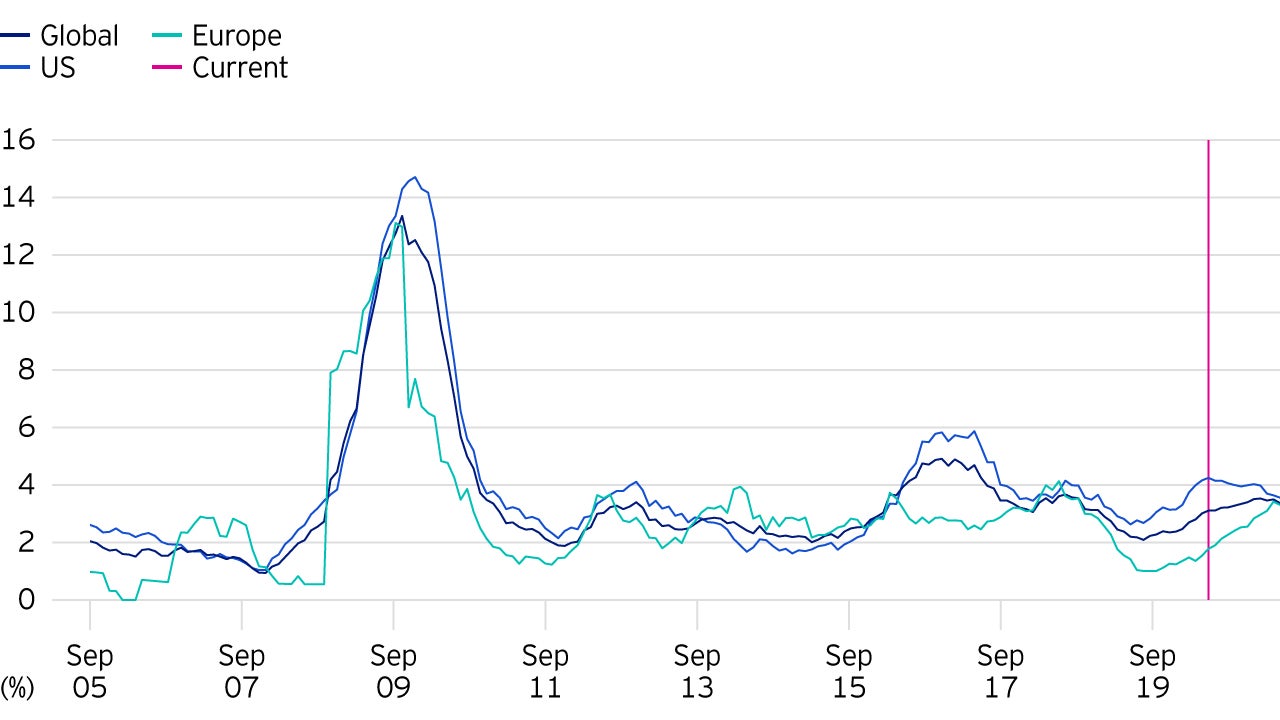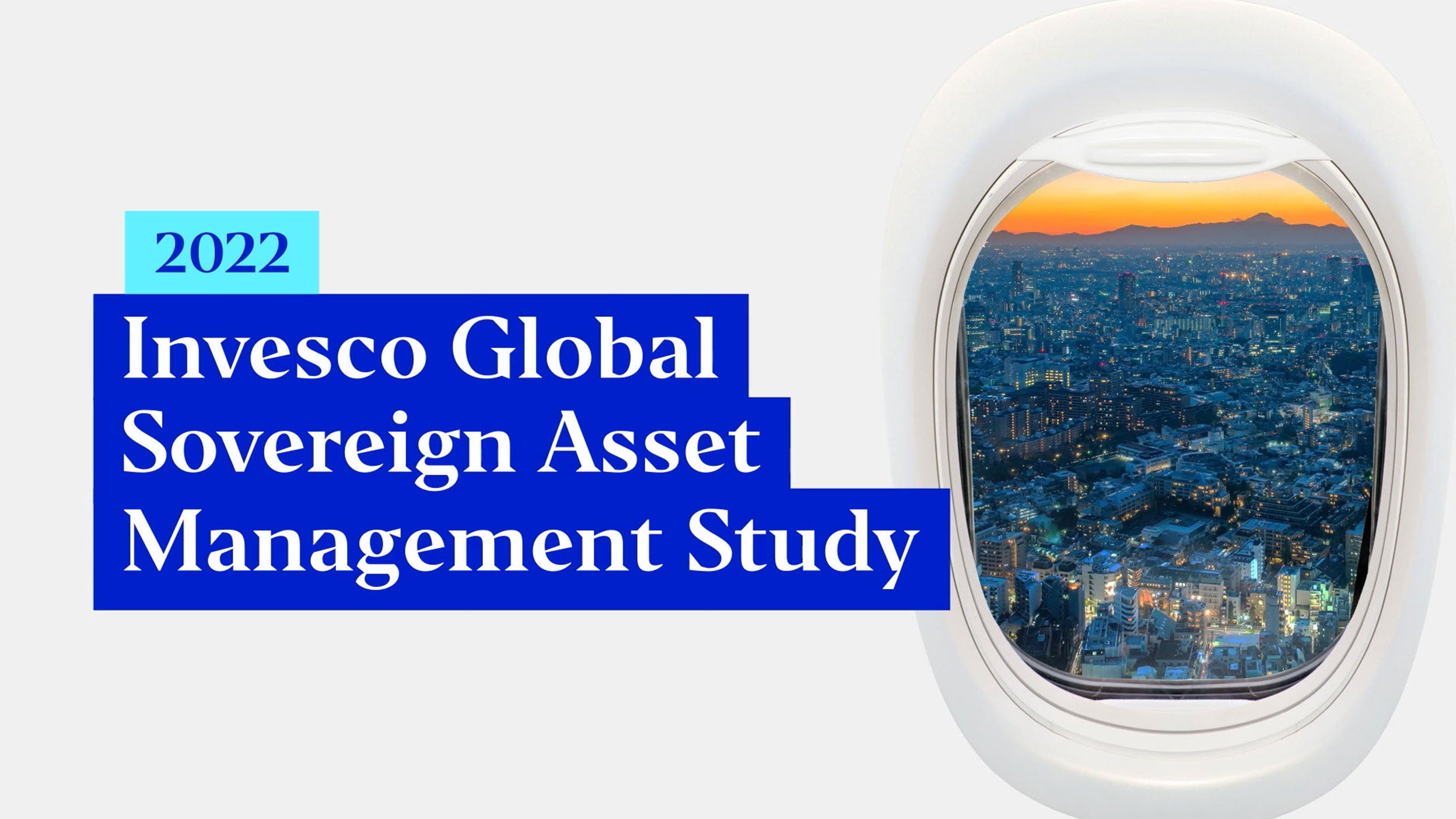What does this all mean?
While default rates are an important indicator of the health of credit markets, rating agency forecasts are exactly that, forecasts not a promise of the future level of defaults. Last year Moody’s were forecasting that the default rate would now be 2.59%. It in fact is only 1.24%.
The forecasts are based on the ratings agency’s analysis and models. As with any forecast, the expected default rate can evolve quite quickly. Indeed, by the January 2020 report Moody’s forecast had been revised down to 3.42% at November 2020 and the December 2020 rate was revised a little lower still to 3.29%. At the sector level, Retail is now expected to see the most defaults while Energy enters the top 5.
None of these numbers take account of the recent concerns over the coronavirus. It is likely that the sectors expected to come under pressure and indeed the expected default rate will shift again when Moody’s next publishes it report.
We agree that the default rate will increase from current levels. But it should be remembered that even at the forecast level, this is a very low default rate and well within the normal range for European high yield bonds. As investors in the asset class, we accept and expect that some borrowers will default, after all, that is why high yield bonds pay a higher level of coupon.
As high yield investors our focus is less on the overall level of market default than on the individual borrower’s credit worthiness and its ability to meet its financial obligations. At the individual issue level, our analysts monitor which issuers face challenges refinancing and when. We think we have a good idea of which issuers face significant default risk and in most cases the market is already pricing this risk in. The rating agencies have been steadily downgrading some of these issuers too. In a couple of cases the issuers at risk also have significant amounts of outstanding debt. A handful of large issuers, rather than many small issuers, may in fact turn out to be more likely to dominate the list of defaulters.







